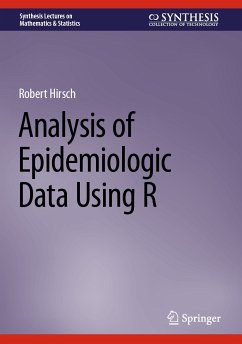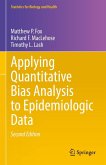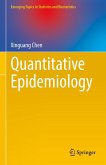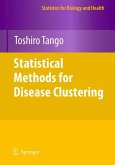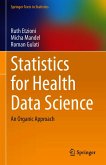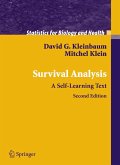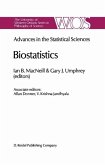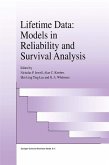This book addresses the description and analysis of occurrence data frequently encountered in epidemiological studies. With the occurrence of Covid-19, people have been exposed to the analysis and interpretation of epidemiological data. To be informed consumers of this information, people need to understand the nature and analysis of these data. Effort is made to emphasize concepts rather than mathematics. Subjects range from description of the frequencies of disease to the analysis of associations between the occurrence of disease and exposure. Those analyses begin with simple associations and work up to complex relationships that involve the control of extraneous characteristics. Analyses rely on the statistical software R, which is freeware in wide use by professional epidemiologists and other scientists.
Dieser Download kann aus rechtlichen Gründen nur mit Rechnungsadresse in A, B, BG, CY, CZ, D, DK, EW, E, FIN, F, GR, HR, H, IRL, I, LT, L, LR, M, NL, PL, P, R, S, SLO, SK ausgeliefert werden.

